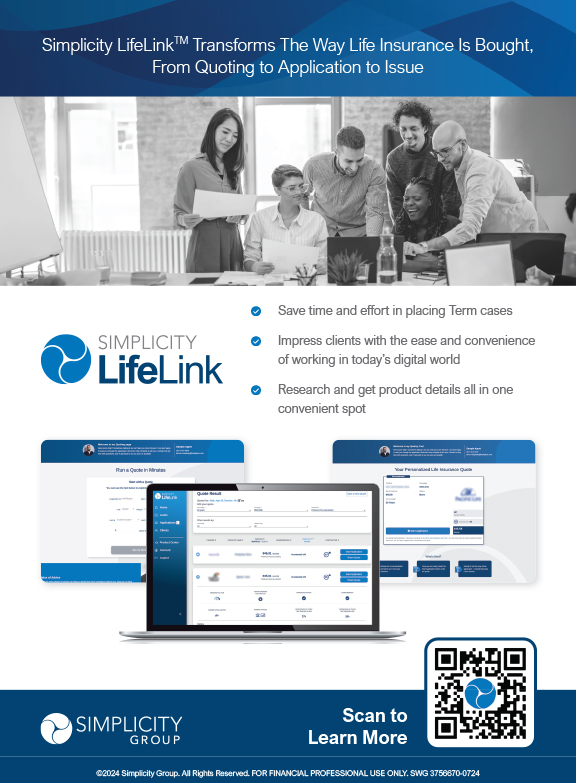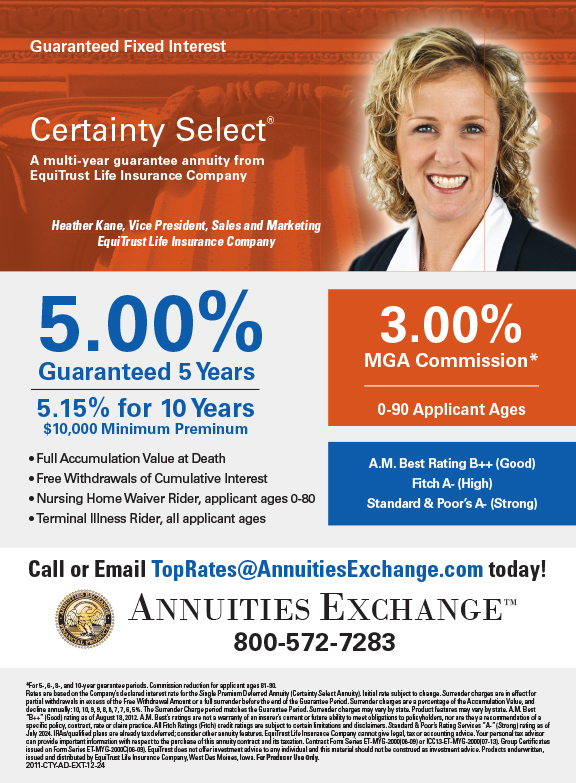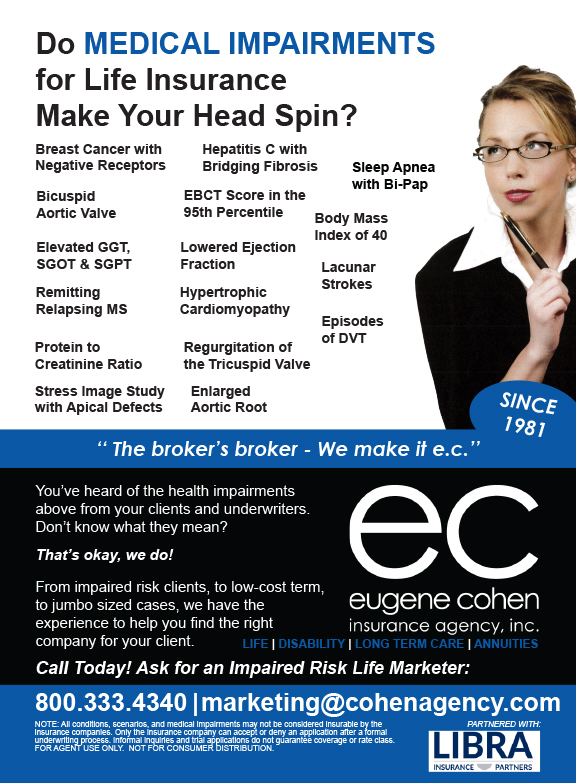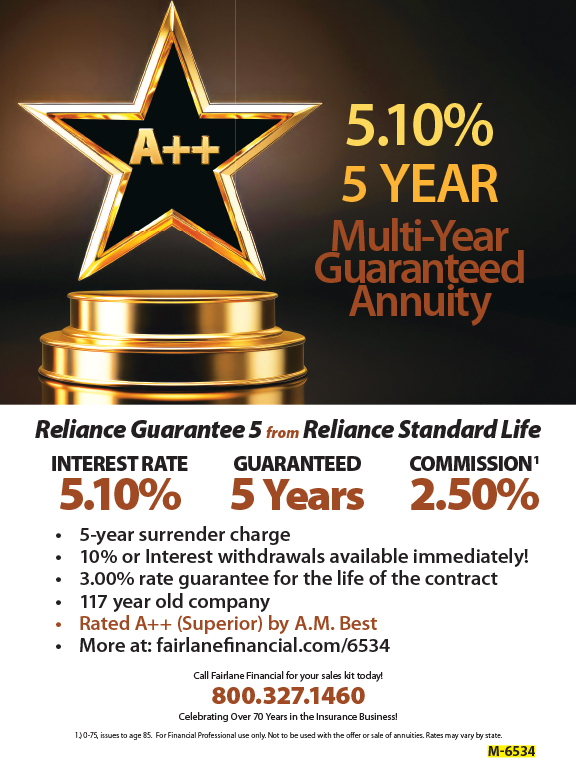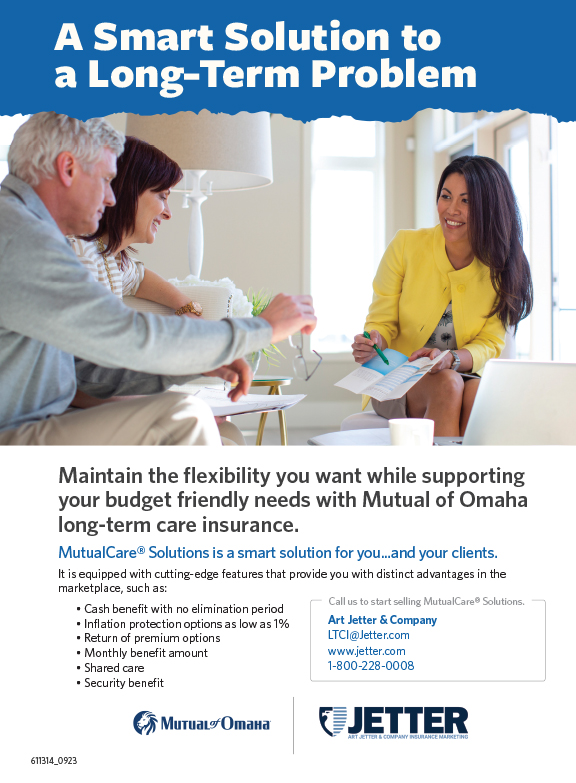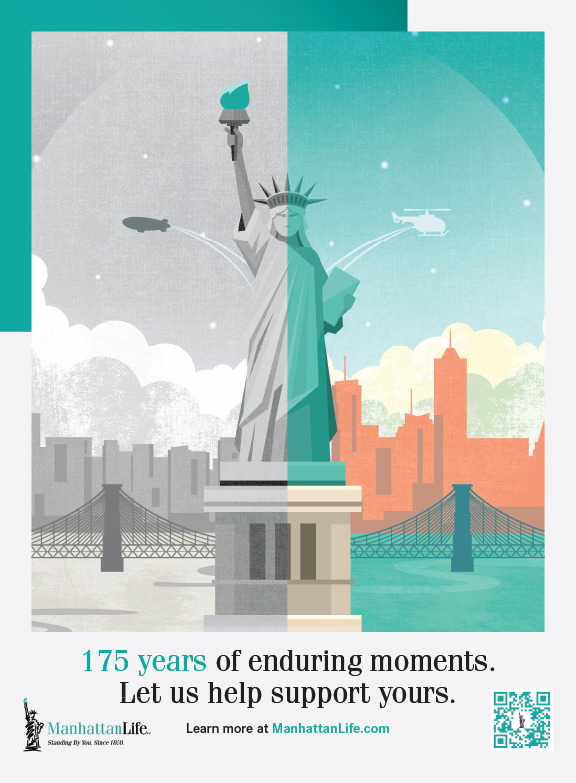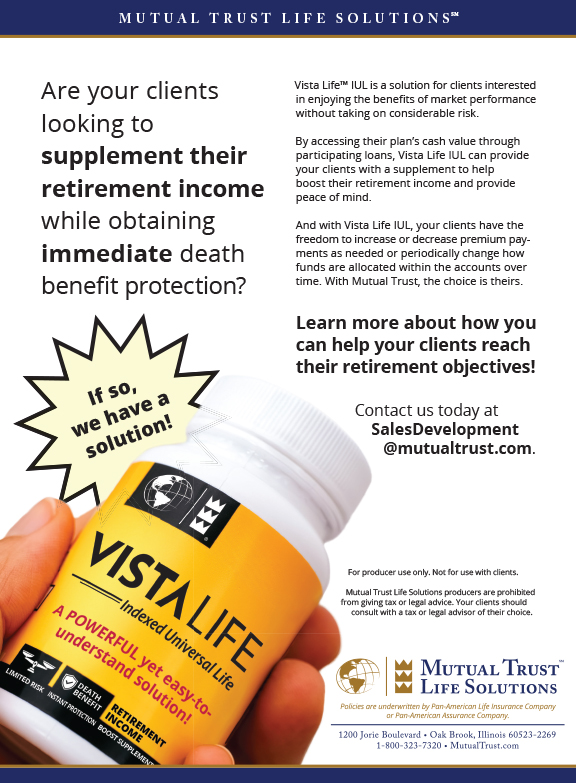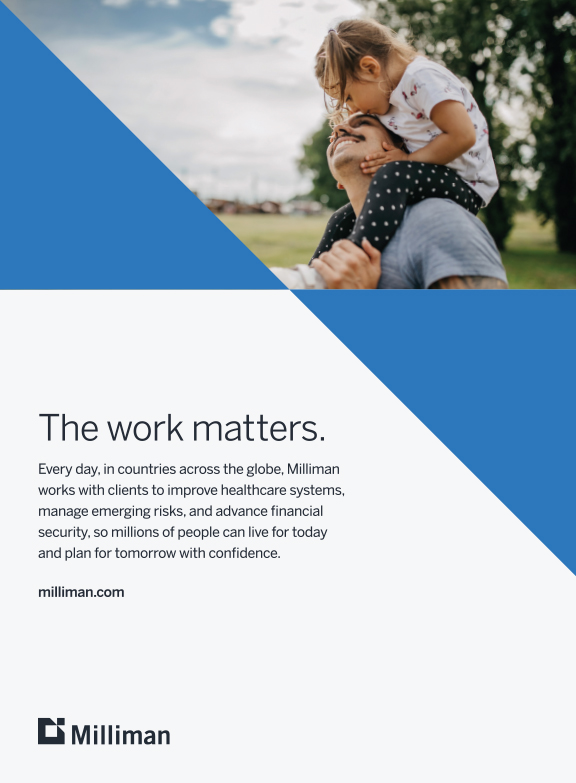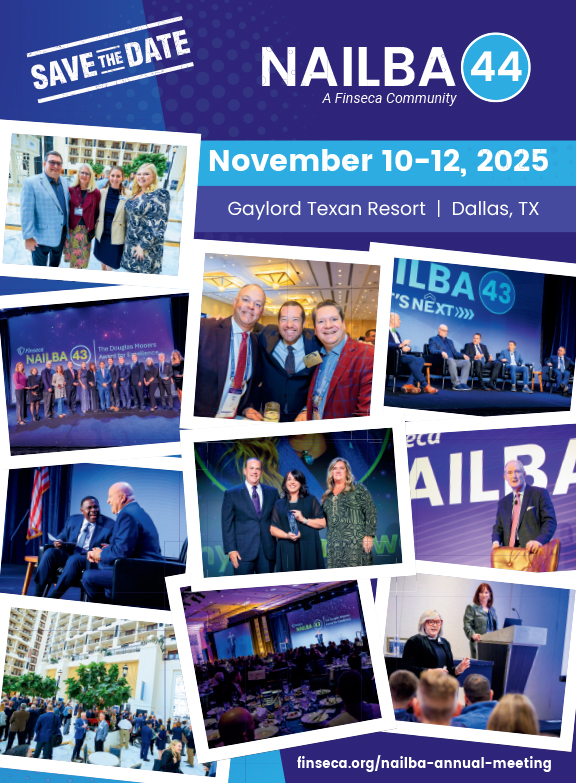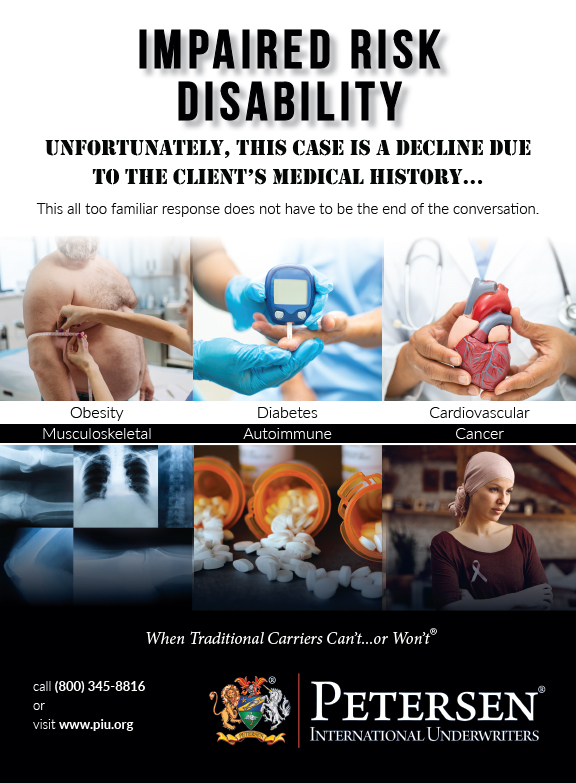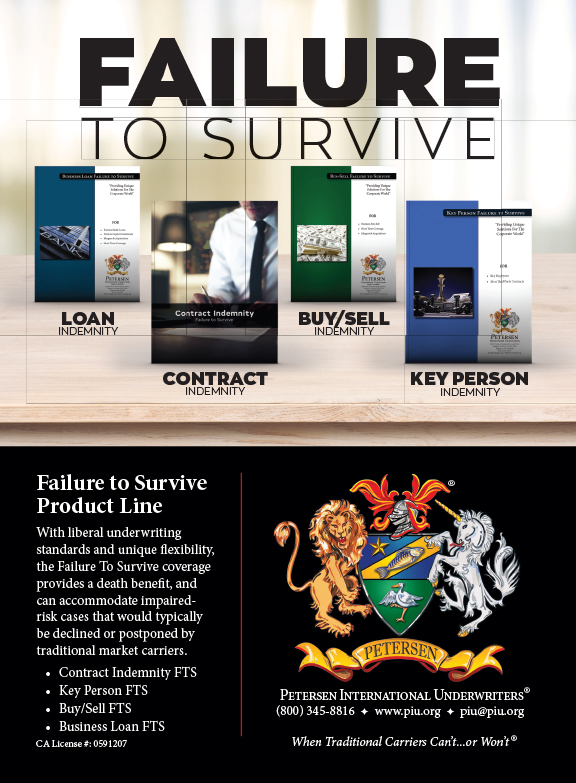Membership Limited To People Who Earn Money
Or Have AccumulatedMore Than One Million Dollars
There are many values and advantages in life to being a member of the Millionaires Club. The term “millionaire” came into use a century ago, according to Rich Karlgard, writer for Fortune magazine. It was used to refer to people who achieved a mass of wealth that exceeded one million dollars. A million dollars then would equate to about $20 million today, according to Fortune. If one does not make the $20 million grade and only makes it to $10 million (which is not uncommon), it makes a person a member of minor royalty in most towns in the United States.
Income earners (at most levels) are millionaires in the making. Earners own their future, so the future earned income is a substantial asset. Let’s compare. A person buys a house. This house is listed on his financial statement as an asset worth the price paid. The house carries a mortgage, but the equity value is listed on the net worth statement and is respectfully admitted to the person’s wealth estimate.
The House
• Purchase price ~ $500,000
• Down payment ~ $80,000
• Balance ~ $420,000
• 30 year mortgage
• 6 percent interest
• Monthly payment of $2,969.32 x 360 payments (ultimate cost) = $1,068,955.20. Plus the down payment of $80,000 makes the cost of the property $1,148,995.20.
Why does the person consider this house as a valuable asset? It costs more and more due to mortgage costs, taxes, property insurance, upkeep and repair. Does the person feel this is a good asset? The chances are he does and proudly lists it on the net worth statement. The value of the asset assumes the inflation factor will outperform depreciation, upkeep, taxes and repairs. It is a customary measure of wealth.
But what is the rationale for not insuring future earned income that has the potential of yielding much, much more? Earned income of $150,000 per year times 30 years (comparing it to the mortgage run) equals $4,500,000.
If one feels compelled to insure a $500,000 house, why does this person refrain from insuring a $4,500,000 asset? The chance of a home being destroyed by fire is substantially less than getting sick or hurt and unable to work—about one in 1,200 vs. one in 30!
Purveyors should portray the disability plan as a financial product that yields cash benefits to the insured that will provide a level of income that approximates the normal income flow enjoyed by the insured. Tax advantages notwithstanding, the amount of cash benefits needed by the insured is possible due to modern issue and underwriting limits. Such benefits (logically arranged) provide the solution of a continuing income cash flow when the insured becomes sick or hurt and unable to perform his job.
As purveyors of economic freedom, we should remember that we are duty bound to inform those people who are wise enough to listen. It is usually necessary to help lift their thinking about the dread they believe they will have over paying an additional premium for coverage they hope to never use (disability income). Life does not work in an absolute, programmed manner. It is filled with shock and surprise, which is why insurance becomes a desirable financial tool that can sustain an adequate level of income and a desirable peace of mind, along with the hoped for lifestyle; not just once, but multiple times during a working career.
Getting sick or hurt is the most probable bad thing that will happen to a person. A person should always remember that the body is a machine and is prone to break down and need repairs on occasion. Of all the hazards to our assets, disability is the one thing that can interfere with the performance and the value of those assets.
We can help the insured by making him understand that some things can be self-insured. Other risks are believed to be covered by bank loans—a risk for the banker, not necessarily available on the day needed, and with no guarantee the loan will be made. A risk remains a risk unless it is covered by a guaranteed facility. The coupling of a bank loan guaranteed by an insurance product makes the continuation of adequate income something to truly depend on.
With the advent of new and enterprising approaches to the selection and underwriting of disability risks, a person need not be caught short by not having disability coverage for any and all situations. In the course of a working career, disability insurance can be called on to perform time after time. The cost of this peace of mind is of little consequence to “millionaires.”
Do Millionaires Need Disability Insurance?
The only difference between a millionaire and an aspiring millionaire, in terms of disability coverage, is that one needs insurance and the other wants insurance. An aspiring millionaire certainly has an absolute need for a well-designed disability financial plan, whereas the successful millionaire may not, but he absolutely wants to secure the wealth he has accumulated.








